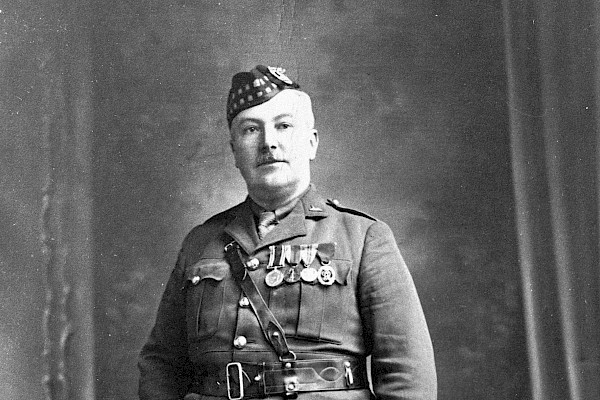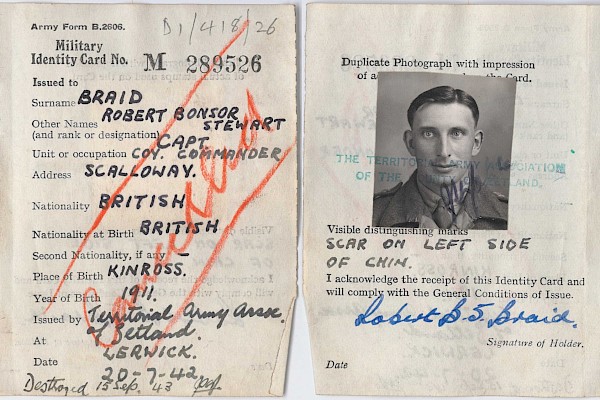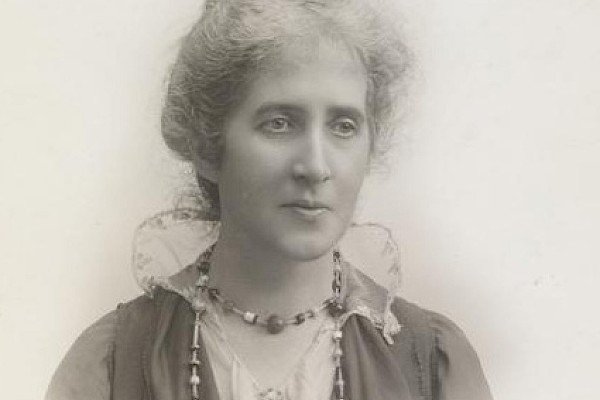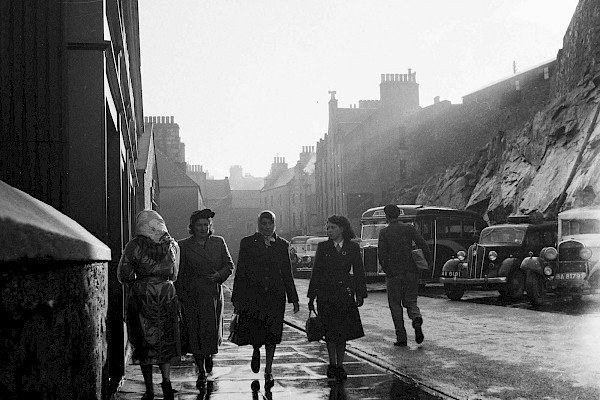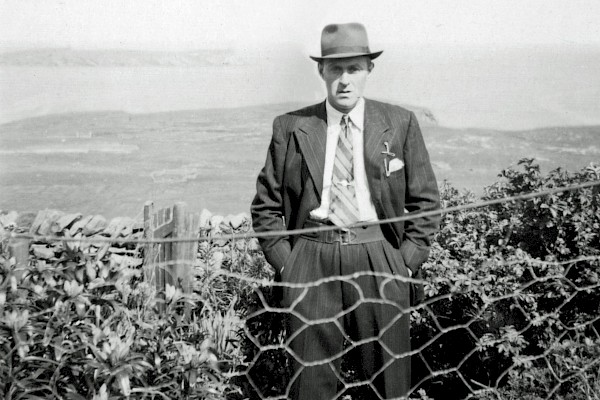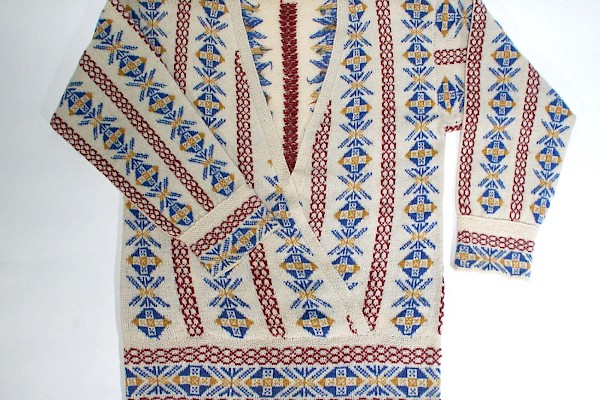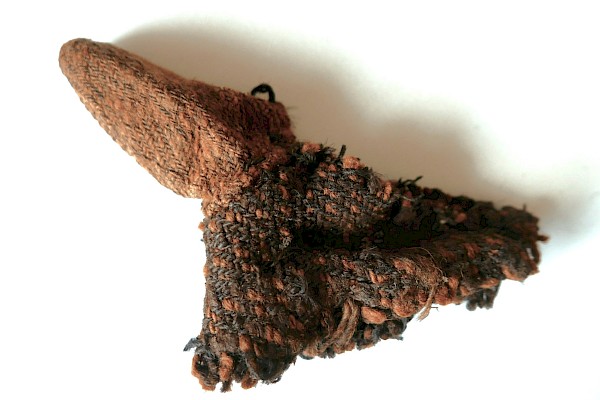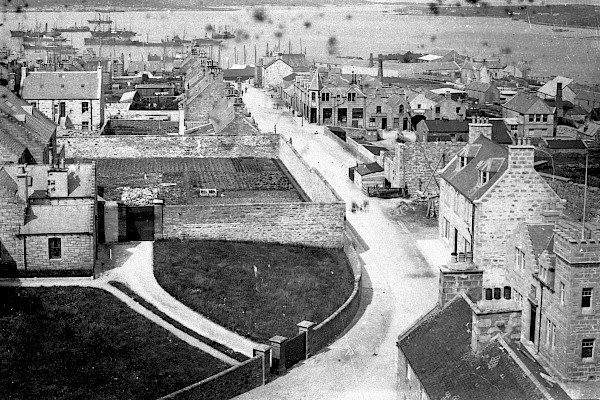The Tolbooth Jail
We don’t have many records that make a direct reference to a person’s personal appearance. Important people might be described, sometimes even accurately, in literature or art. For the others, records are few and far between. Exceptions are military records – or the jail.

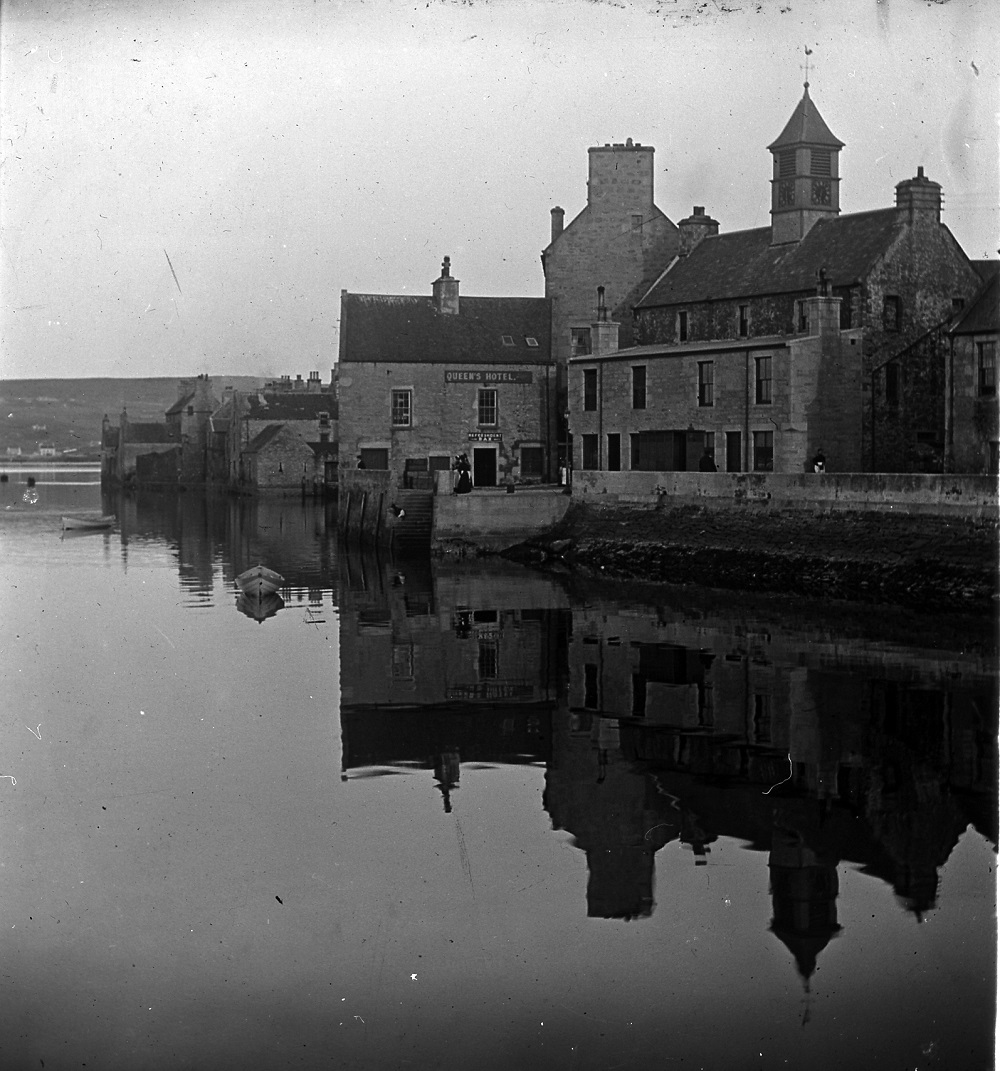
The Tolbooth, like tolbooths in many small Scottish towns, was the main public building for Lerwick, built around 1767-70. It was lately restored by the Shetland Amenity Trust, and included the return of the Tolbooth clock tower. The onetime jail function wasn’t restored however.
The Tolbooth functioned as a jail until 1836, when Fort Charlotte took over, and there’s a fairly full record of the inmates held in the fort in the Archives on microfilm. Fort Charlotte was certainly secure accommodation. The Tolbooth, where someone had perhaps scrimped on the maintenance budget, was sometimes referred to after the jailer, Magnus Mouat – it was Maunsie Moad’s skeo. A skeo was a stone building with regular gaps, intended for wind-drying meat and fish. Maunsie himself has gone down in history as a liberal prison guard.
CO/11/1 is an account book for the Tolbooth jail, 1820-28. The first entry is a slight surprise, a Customs and Excise Official. Benj. Fountain, Tidewaiter of Customs, aged 40 years, 5 feet 6 inches high, blue eyes, dark hair, slender make. Benjamin had been jailed for debt – a civil prisoner, not a criminal one.
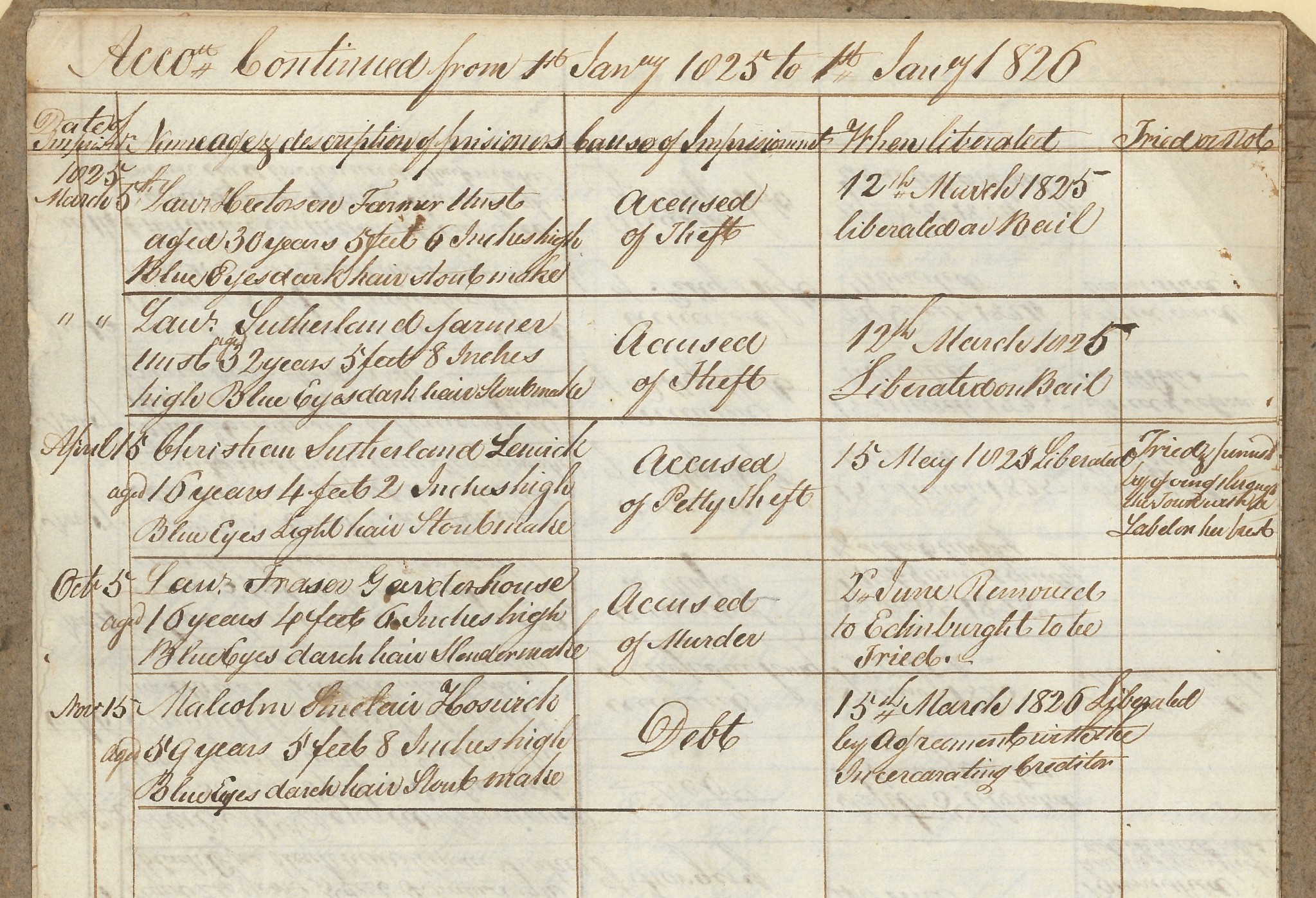
Image above: CO/11/1 Account book of civil and criminal prisoners in Lerwick Tolbooth, 1 January 1820 - 12 April 1828.
The Sheriff Court records show Benjamin owed money to George Heddell. It looks like he took some time to pay it, as he was in from June to September. For a lot of people in Shetland, he would have been regarded as well-off, and his situation probably elicited comment and laughter. Customs officials, after all, got in the way of things, like recovering wreck wood and smuggling drink.
Catherine Tait of Tingwall, 16, accused of petty theft is next in, but she got bailed after a couple of days, and nothing more is heard of her, a slender girl of only four foot six. Build is either slender or stout in this record. There are few stout people, and fewer tall people. Women are five feet or less, and there are no men over five foot eight. The diet of the poor permitted few people to get either stout or tall. Not exceptional for the times.
The eighteenth century and earlier had seen brutal punishments. The luckless Barbara Gordon of 1737, was whipped and branded for theft, then banished from the islands. Things were better by the time of Maunsie Mouat. Some people were sentenced to imprisonment, but it was a small jail, and there were other methods at hand. Shaming was still in use, one woman was punished for theft by going through the town with a label on her brest. Andrew Thomas Henderson got set in the stocks.
One way of getting difficult people off Shetland’s hands was banishment. Some prisoners petitioned for it, although John Williamson of Unst didn’t ask to be banished for life from the Shetland Islands for theft. One or two sentences specify a length of time for banishment, five or seven years. No doubt exile meant out of sight out of mind, exported south.
Another person who was sent south was Laurence Fraser, in the Tolbooth for murder. Blue eyed, dark haired, of slender build, four foot six at sixteen years old, it hardly seems likely that he’d killed an eight year old boy with a gunshot. He was found guilty at his trial in Edinburgh. Maunsie Mouat praised for his conduct in jail, but he seems to have been lucky to get nine months hard labour in the Edinburgh Bridewell for culpable homicide. What happened to him after that isn’t known.
Few of the offences are so serious as to involve loss of life. Thefts, assaults, and debts, were the daily chores of Maunsie Mouat. For most of our readers in the Archives, the personal details are more important than the offences.

